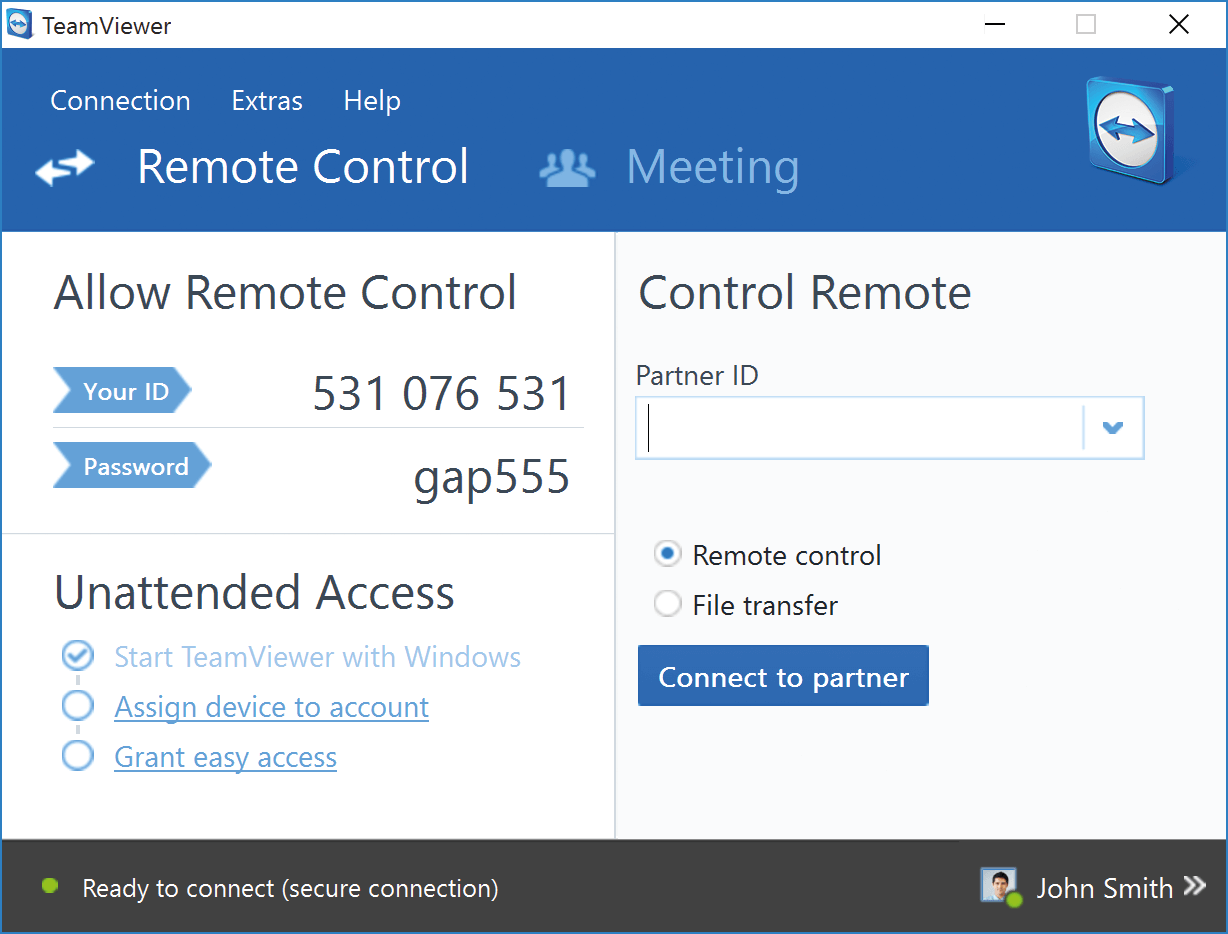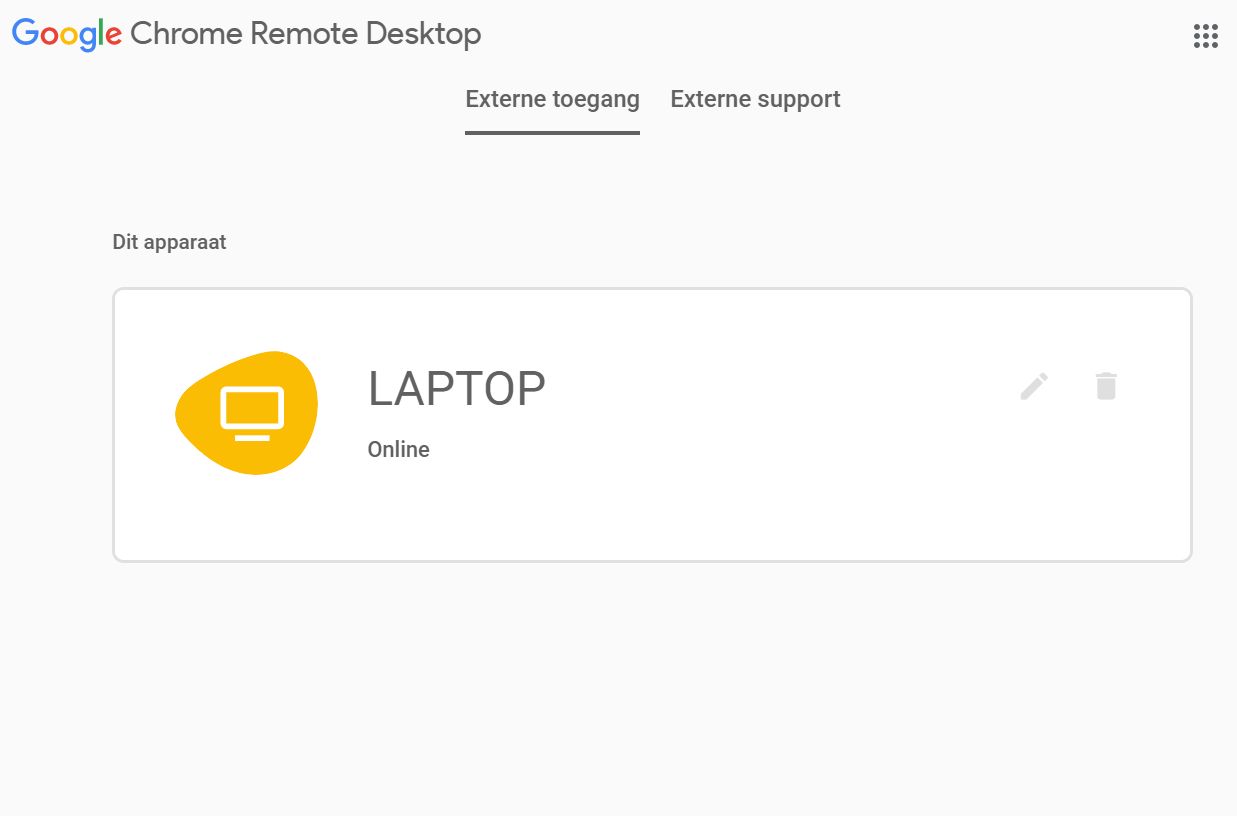
Data Availability Statement: All relevant data are within the paper. This is an open access article distributed under the terms of the Creative Commons Attribution License, which permits unrestricted use, distribution, and reproduction in any medium, provided the original author and source are credited. Editor: Mehmet Hadi Gunes, University of Nevada, UNITED STATES Received: JanuAccepted: OctoPublished: JanuCopyright: © 2019 Magan ˜a et al. The user employs a desktop operating system that behaves PLOS ONE | Janu1 / 28 a1111111111 a1111111111 a1111111111 a1111111111 a1111111111 OPEN ACCESS Citation: Maga ñ a E, Sesma I, Morato ´ D, Izal M (2019) Remote access protocols for Desktop-as-a- Service solutions. These remote desktops are accessed from thin clients: computers with reduced computa- tional power and small disks that are used solely as remote displays and input devices (key- board, mouse, sound, USB ports). A single host can offer inde- pendent desktops to dozens of users in what is called a Virtual Desktop Infrastructure (VDI).

The centralized computing resources are typically virtualized. This is a com- mon deployment scenario in large and medium size enterprises owing to the reduction in cap- ital and operational expenditures it provides. This is the scenario of Remote Desktop (RD) systems, where a host streams a computer desktop environment to the user’s machine, where the user then browses this desktop as if it were local.

Introduction Traditional desktop computers executing local productivity applications are evolving into light local computers used as remote displays for centralized machines. Applications such as web browsing result in unexpectedly high traffic rates and long bursts, more than the case of desktop video playing, because the on-page animations are rendered on the server. The results confirm that the type of application running on the remote servers and the mix of users must be considered to determine the bandwidth requirements. We also evaluate the quality of experience perceived by the user, in terms of image quality and interactivity, providing values of Mean Opinion Score (MOS). We evaluate the necessary network resources using a traffic model based on self-similar processes. In this paper, we review the main offerings of remote desktop protocols for a cloud deployment. Desktop- as-a-Service solutions such as Amazon WorkSpaces offer a similar functionality, yet in a public cloud environment. Citrix and VMware have been major suppliers of these systems in private clouds.
#TEAMVIEWER CHROME OS SEND REMOTE KEY COMBINATIONS SOFTWARE#
Instead of assigning a physical machine with its operating system and software to each user, it is considerably easier to manage a light client machine that connects to a server where the instance of the user’s desktop machine actually executes.


RESEARCH ARTICLE Remote access protocols for Desktop-as-a- Service solutions Eduardo Maga ñ a ID 1 *, Iris Sesma 1, Daniel Morato ´ ID 2, Mikel Izal 1 1 Public University of Navarre, Department of Electrical, Electronic and Communications Engineering, Pamplona, Spain, 2 Institute of Smart Cities, Pamplona, Spain * Abstract The use of remote desktop services on virtualized machines is a general trend to reduce the cost of desktop seats.


 0 kommentar(er)
0 kommentar(er)
